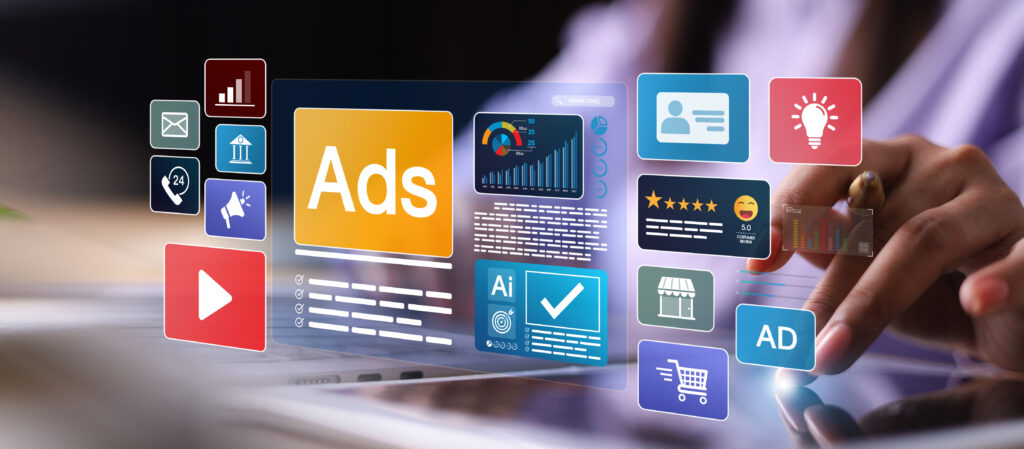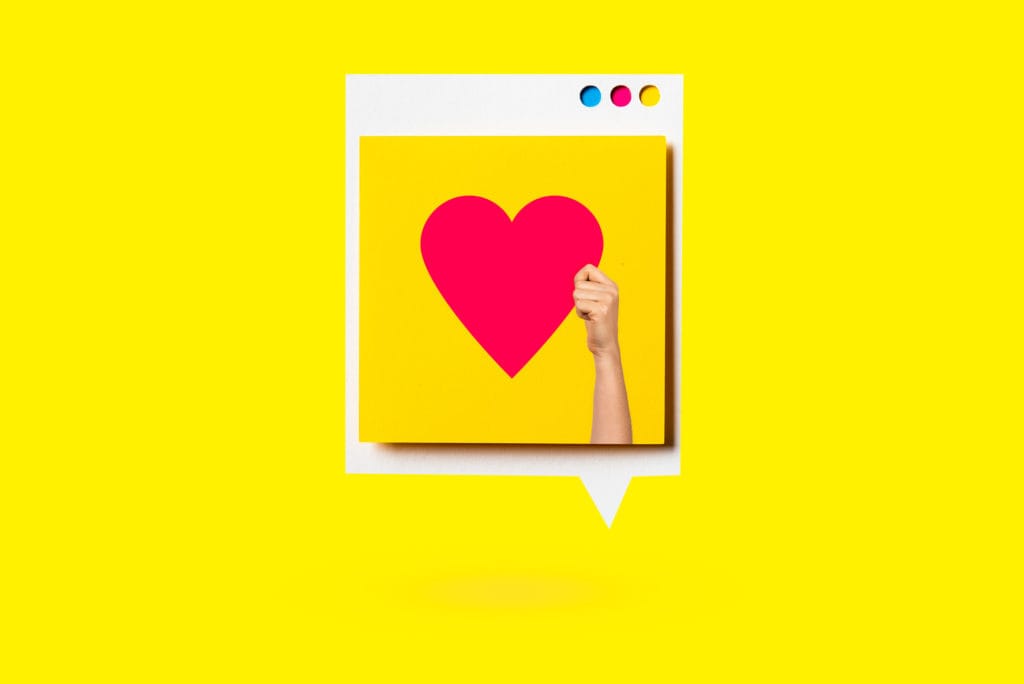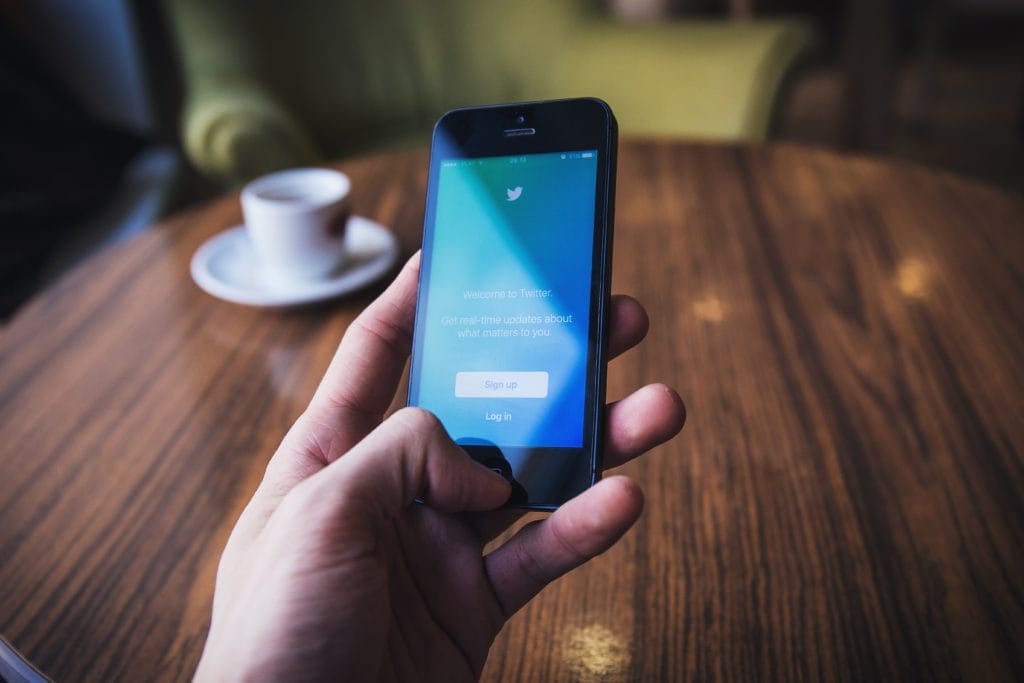social media management
Instagram Guides Now Available to All Users
In May, most of the country was used to the idea of working from home, with the understanding that this isolation would be indefinite. Instagram used this to launch its Guides feature, focusing on mental health. Initially, Guides were only available to certain content creators, organizations, publishers, and public figures. It allowed those accounts to…
How to Optimize Your Twitter Profile for Your Business or Brand
To optimize your Twitter profile for your business or brand, start with a professional, brand-aligned profile picture and cover image. Craft a concise, impactful bio that clearly conveys your brand identity and includes relevant keywords. Utilize pinned tweets to highlight key messages or campaigns. Regularly post engaging content and interact with your audience to build…
Social Media Management & Personal Balance: How to Step AFK
Balancing social media management with personal life involves setting clear boundaries, scheduling content in advance, and using management tools for efficiency. Prioritizing mental health by taking regular breaks and not over-engaging with negative content is important. It’s also beneficial to diversify tasks and delegate responsibilities to maintain a healthy work-life balance in the demanding world…
OTHER ARTICLES YOU MIGHT BE INTERESTED IN

AI for Google Ads: How Digital Marketing Strategies Must Adapt


SMG Marketing Makeover 2025 - What’s Working, What’s Not, and What’s Next

Using Community Outreach as a Marketing Strategy


A Complete Guide to Google Performance Max (PMAX) for Healthcare

Tips for Spring Cleaning Your Digital Marketing Efforts





